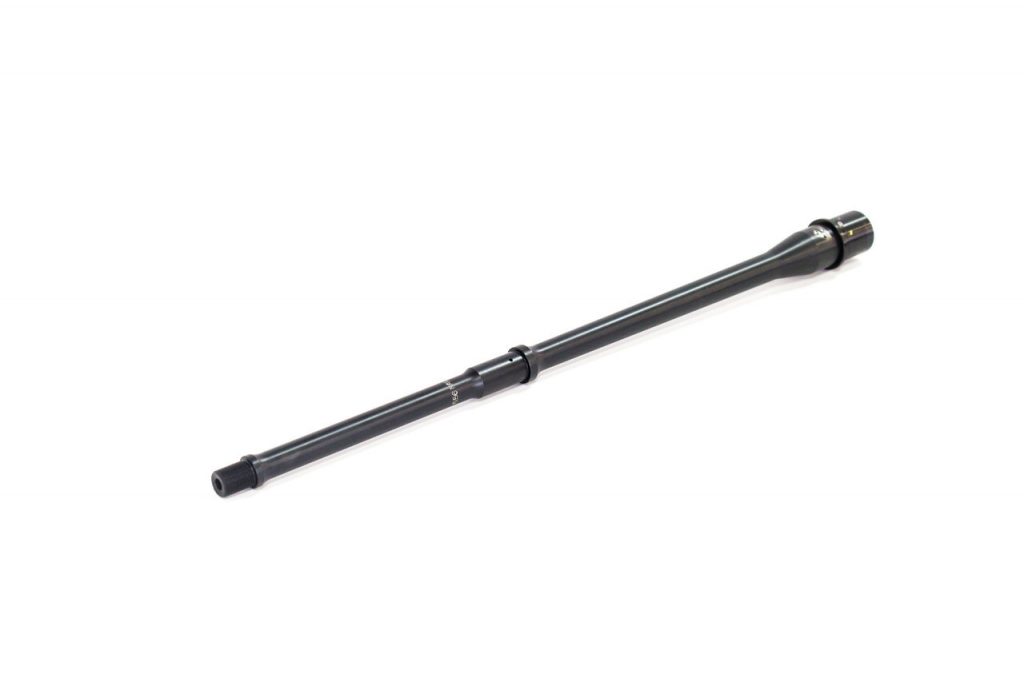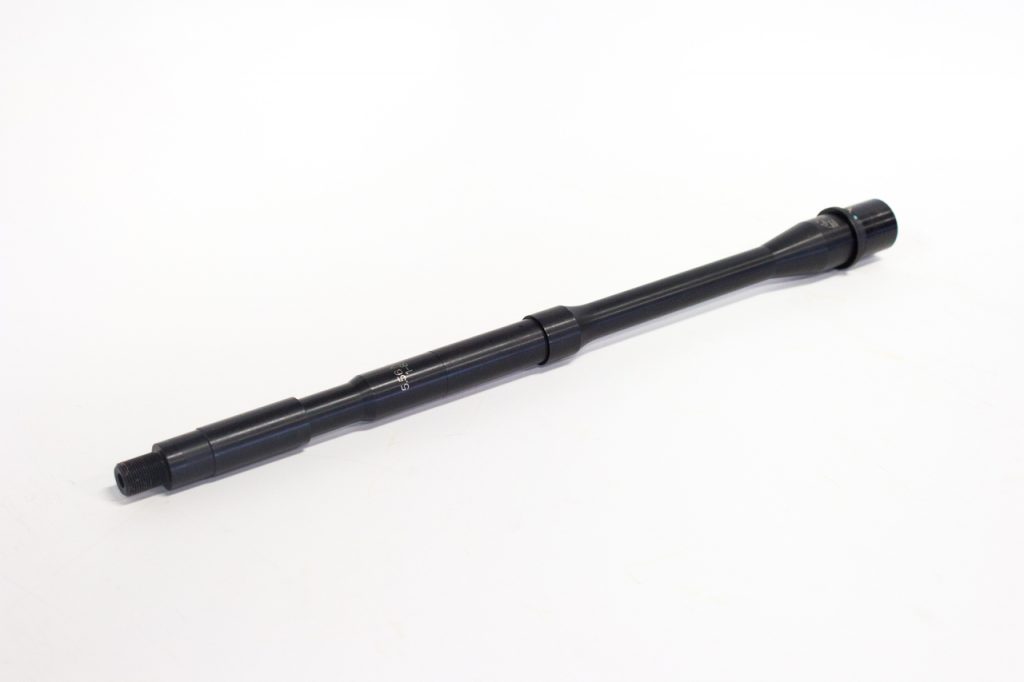The other day, Herschel at The Captain’s Journal had a blog post regarding the government profile barrel for the AR-15 and the M16A2. He made the point that the government profile barrel was adopted based upon erroneous assumptions and without proper engineering failure tests. He also said that top end AR makers continuing to put out rifles with government profile barrels was dumb.
First, I question their testing of the resistance to bending of a “government profile” barrel. They obviously never got real engineers involved in this problem. The highest bending moment in a cantilever beam will be where it is pinned, which in this case will be at the receiver. As best as I can tell, not only didn’t they solve a real problem, they didn’t even solve the pretend problem.
Second, engineering resources would have performed a failure mode and effects analysis of the problem. A failure investigation team of engineers should have been commissioned, not a military team.
Third, if you believe the problem is that Soldiers or Marines are using their rifles to pry open boxes or crates, then teach them not to do that. That’s stupid. I remain unimpressed with folks who try to mistreat, abuse and beat up their guns only to complain when they don’t work.
It was an interesting post with good comments. You should read the whole thing.
That led to me finding this video from last year by Ian and Karl from InRangeTV and their WWSD (What Would Stoner Do) series. In it, they test stress relieved pencil barrels from Faxon and then compare that to an original pencil-barreled Colt SP-1 doing the same test. Given I have one of those Faxon pencil barrels, I need to get my act together and finish my lightweight build using it!
PS: Lest you think I’ve gone all “what has Wayne done now” all the time, being able to have a day without significant charges of malfeasance and self-dealing is a relief. However, the day is still young.


